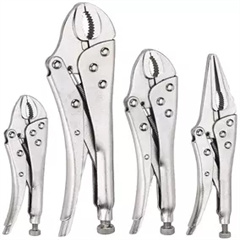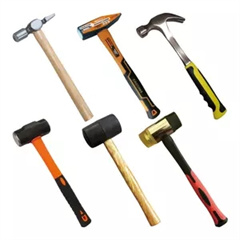As awareness of environmental sustainability grows, the knife-making industry is also adapting to use more eco-friendly materials and practices. Sustainable knife making involves using materials and processes that have a reduced impact on the environment. Here are some examples of eco-friendly blades and sustainable materials in knife making:
- Recycled Materials: Knife makers are increasingly using recycled metals and materials. Reclaimed steel and other metals can be repurposed to create new knife blades, reducing the need for new resource extraction.
- Bamboo: Bamboo is a fast-growing, renewable resource that can be used for knife handles. It’s durable, lightweight, and has a unique aesthetic.
- Wood from Sustainable Sources: If wood is used for knife handles, sourcing wood from sustainable forests or reclaimed sources can help reduce deforestation. Examples include reclaimed wood, certified sustainable woods like FSC-certified, and local species that are abundant and responsibly harvested.
- Plant-Based Composites: Some knife makers are experimenting with plant-based materials like bio-resins and hemp-based composites for knife handles. These materials can be more biodegradable and less harmful to the environment.
- Stainless Steel with Recycled Content: Stainless steel is commonly used for knife blades due to its corrosion resistance. Some manufacturers offer stainless steel with recycled content, which reduces the energy required for production and minimizes waste.
- Ceramic Blades: Ceramic knives are made from zirconium oxide, a material that is naturally found in the Earth’s crust. Ceramic blades are lightweight, stay sharp for a long time, and don’t corrode.
- Cork: Cork is a renewable and biodegradable material that can be used for knife handles. It provides a unique texture and appearance while being eco-friendly.
- Low-Impact Finishing Techniques: The finishing processes used in knife making, such as coatings and surface treatments, can impact the environment. Using low-impact finishes or exploring alternatives can reduce the ecological footprint of the knife.
- Local Sourcing: Sourcing materials locally can reduce transportation-related emissions and support local economies.
- Energy-Efficient Production: Knife makers are increasingly adopting energy-efficient manufacturing processes to minimize their carbon footprint.
- Longevity and Repairability: Creating knives that are durable and repairable promotes sustainability by extending the product’s lifespan and reducing the need for replacement.
- End-of-Life Considerations: Manufacturers are exploring ways to design knives that are easier to disassemble for recycling at the end of their life cycle.
It’s important to note that while these materials and practices are more environmentally friendly, they might also come with certain trade-offs in terms of cost, performance, or availability. As the demand for sustainable products continues to rise, the knife-making industry is likely to explore and develop even more innovative solutions for creating eco-friendly blades and knives.



































